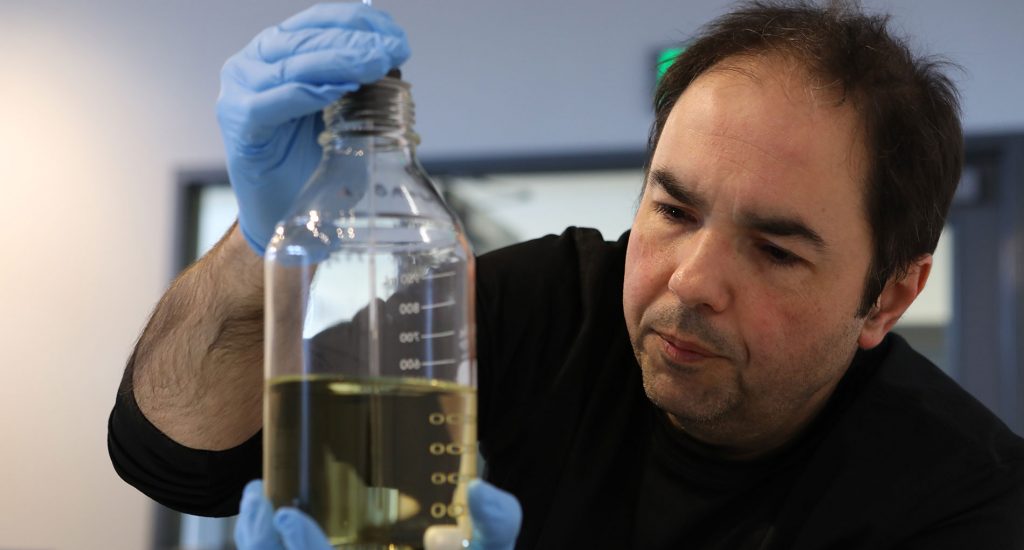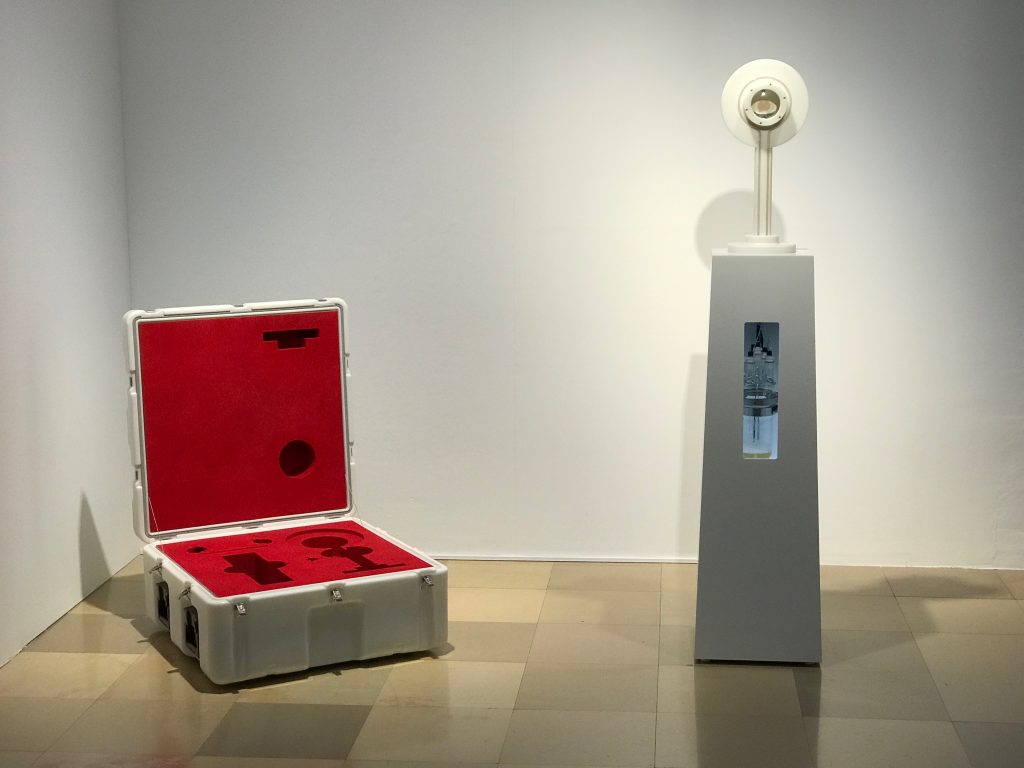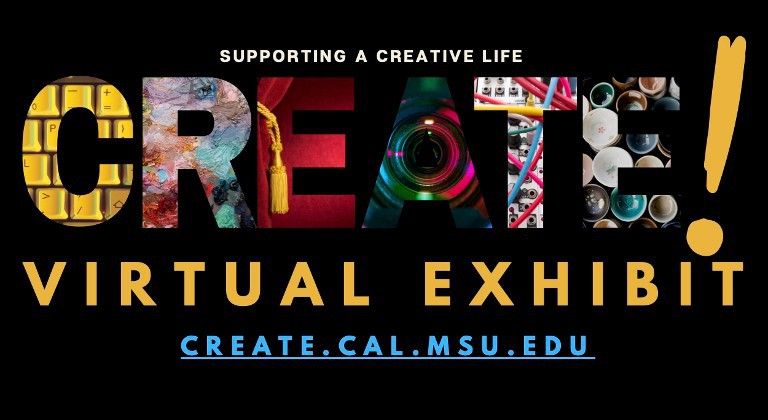
Adam Brown, Associate Professor in the Department of Art, Art History, and Design, won the Grand Prize in the Arts Division at the Japan Media Arts Festival for his work, [ir]reverent: Miracles on Demand, which will now be part of a major exhibition at the National Museum in Tokyo later this year. His project was one of 3,566 overall entries from 107 countries in this year’s competition.
“I’m thrilled to have the recognition,” Brown said. “This project is the result of four years of planning, conceptualizing, as well as both laboratory and field research. It is gratifying to see that this huge investment of time and money is appreciated as a significant accomplishment.”
This project is the result of four years of planning, conceptualizing, as well as both laboratory and field research. It is gratifying to see that this huge investment of time and money is appreciated as a significant accomplishment.
An internationally recognized conceptual artist, Brown’s work incorporates art and science hybrids including living and biological systems. For [ir]revent: Miracles on Demand, he examines the impact of invisible microbial agents on human history and its belief systems.
“For more than a decade, I have been interested in historical relationships between humans and non-human agents and how what we know or think we know shapes how we understand ourselves as humans,” Brown said. “More precisely, how does human exceptionalism coupled with a lack of understanding of another species influence how we perceive one another and construct historical narratives.”

[ir]revent: Miracles on Demand was inspired by the numerous accounts of the “miracle” of blood appearing on bread, which humans have historically used to justify various actions and beliefs from conquest to divine agency.
“In Medieval Europe, so-called ‘blood miracles’ occurred in the form of physically bleeding biblical bread. This phenomenon, considered a ‘miracle’ due to human ignorance, was used as spiritual currency to recruit followers of the Catholic Church while simultaneously inciting anti-Semitism,” Brown said. “Jews were accused of using bloody Eucharist hosts in occult rituals, but in reality, the bread was simply growing the bacterium Serratia marcescens, which produced a gooey, blood-like pigment. This is an example of how the interaction between a non-human species is exacerbating human fears by fueling deep-seeded racism and Zionism.”
Serratia marcescens is a microorganism that, under the right conditions, can grow on bread and produce a red fluid that resembles blood.

For his work, Brown developed a “miracle on demand” by using Serratia marcescens to explore the interconnected relationship human beings have with non-human species. The work features a Roman Catholic monstrance-inspired incubator, a sacred vessel used to display Eucharist bread after it is blessed by a priest. A piece of holy bread is placed in the oculous, which is a small window in the monstrance, and microdroplets of Serratia marcescens are delivered to the host. Over the course of two days, the blood-like substance appears on the inoculated host, thus producing a blood miracle on demand.
“Nothing is easy when it comes to working with living organisms, especially getting biological systems to cooperate for art exhibitions,” Brown said. “For instance, S. marcescens does not always turn blood red. The growth conditions need to be just right to enable consistent ‘blood miracles.’ In this case, creating the bio-technological system and conditions for S. marcescens that result in consistent blood miracles on demand took many months and many experiments.
I want the audience to be impressed that an organism, too small for the unaided human eye to see is able to create phenomena so profound as to move people to perceive miracles, commit murder, and make living art.
“Life is far stranger, more complex and more beautiful than any contrived fiction that humans create. I want the audience to be impressed that an organism, too small for the unaided human eye to see is able to create phenomena so profound as to move people to perceive miracles, commit murder, and make living art.”
The Japan Media Arts Festival features outstanding artwork from a diverse range of media, including animation, comics, media, art, and games. All artists from around the world, without distinction as to professional, amateur, independent, or commercial, are invited to submit their works in four different divisions: Art, Entertainment, Animation, and Manga. The Arts Division category focuses on projects that “incorporate technology to offer unique viewpoints with a critical perspective on the world today.”
From each division, a jury committee selects winners of the Grand Prizes, Excellence Awards, New Face Awards, Social Impact Award, and U-18 Award. This year’s winners were announced in March and will receive a trophy and prize money. They also have the opportunity to present their work at the Exhibition of Award-Winning Works to be held in Tokyo in the fall.
Written by Alec Parr


